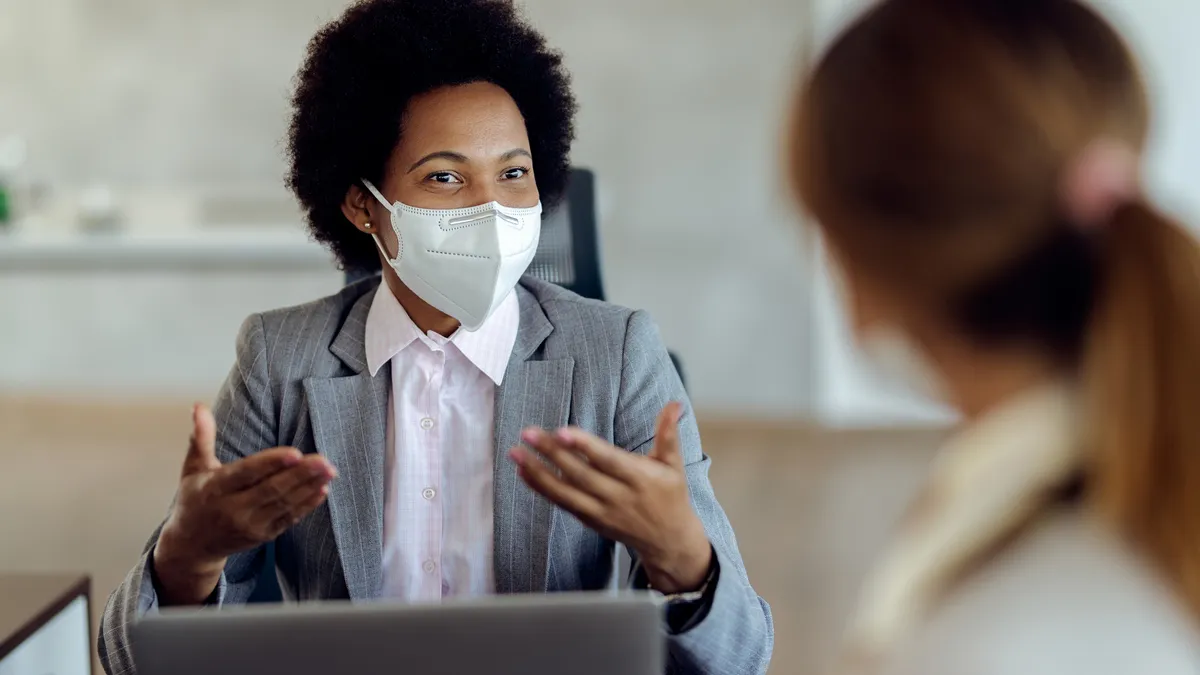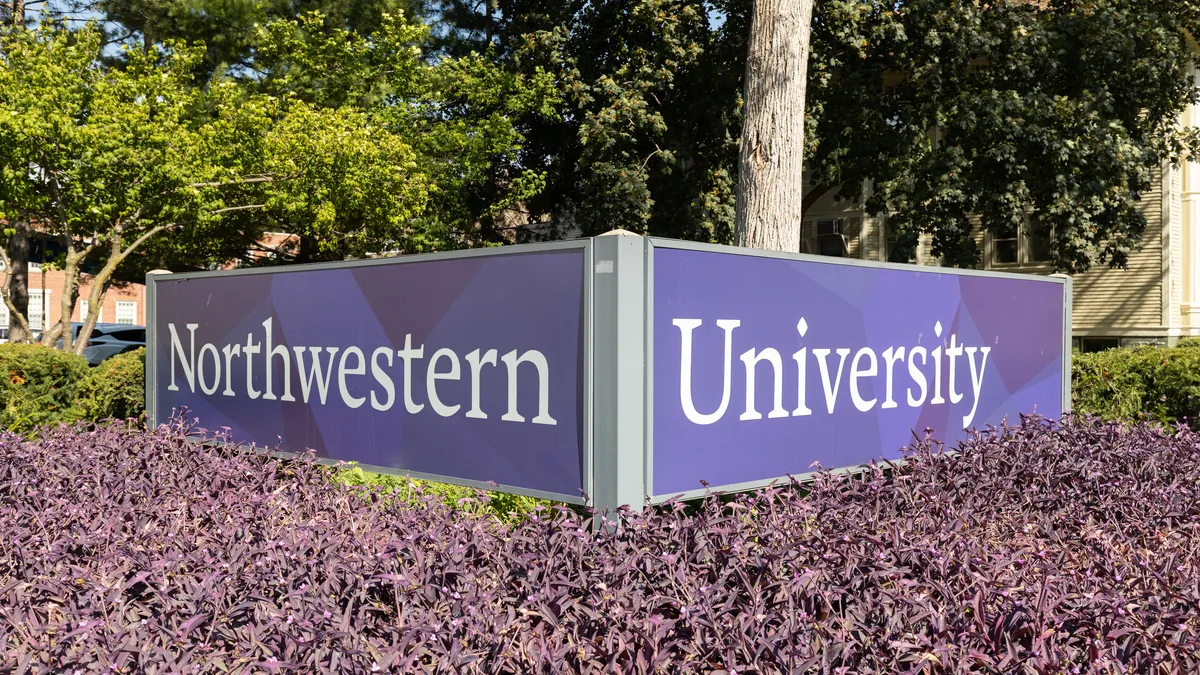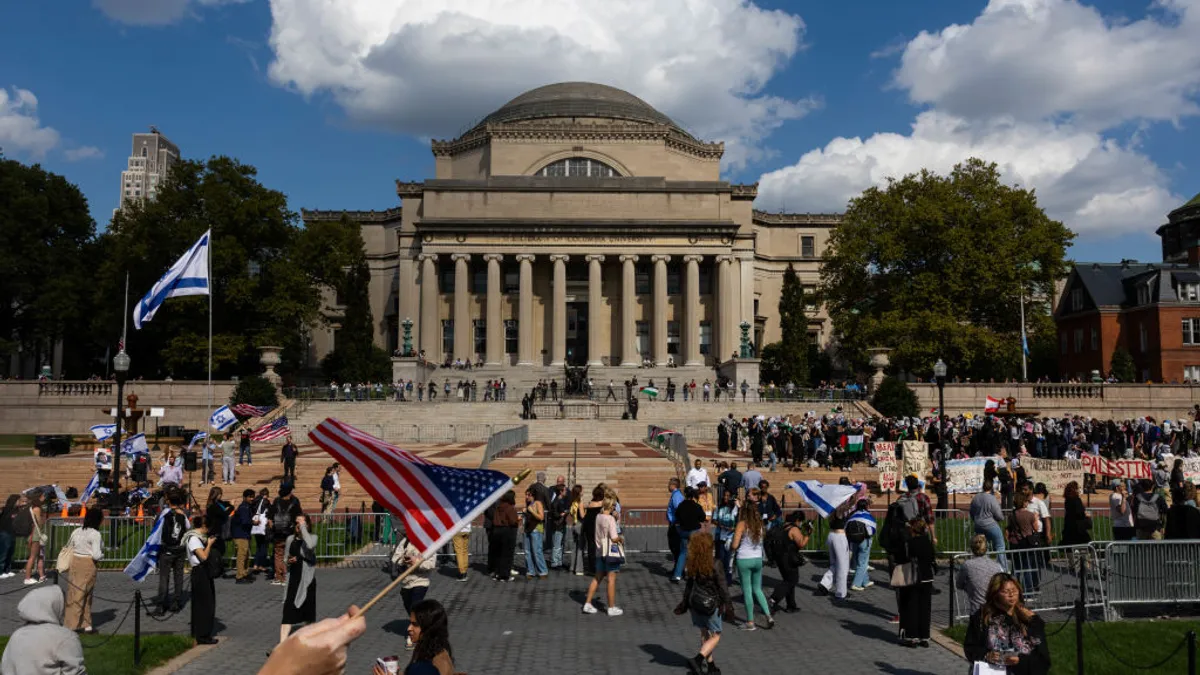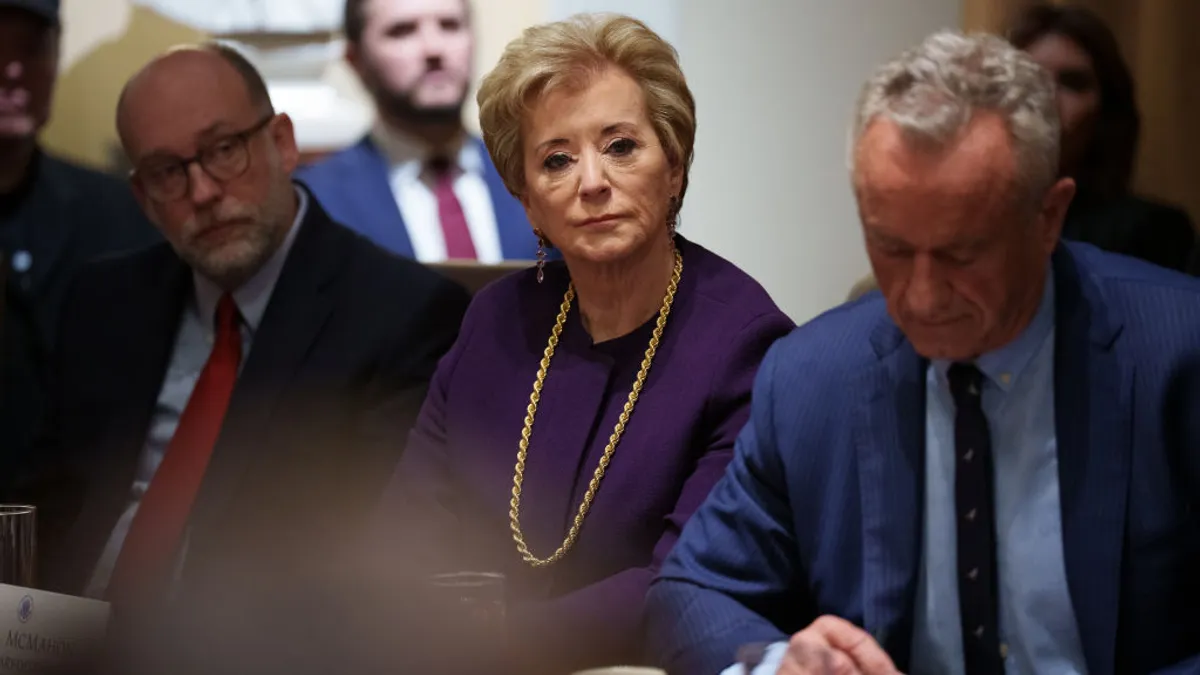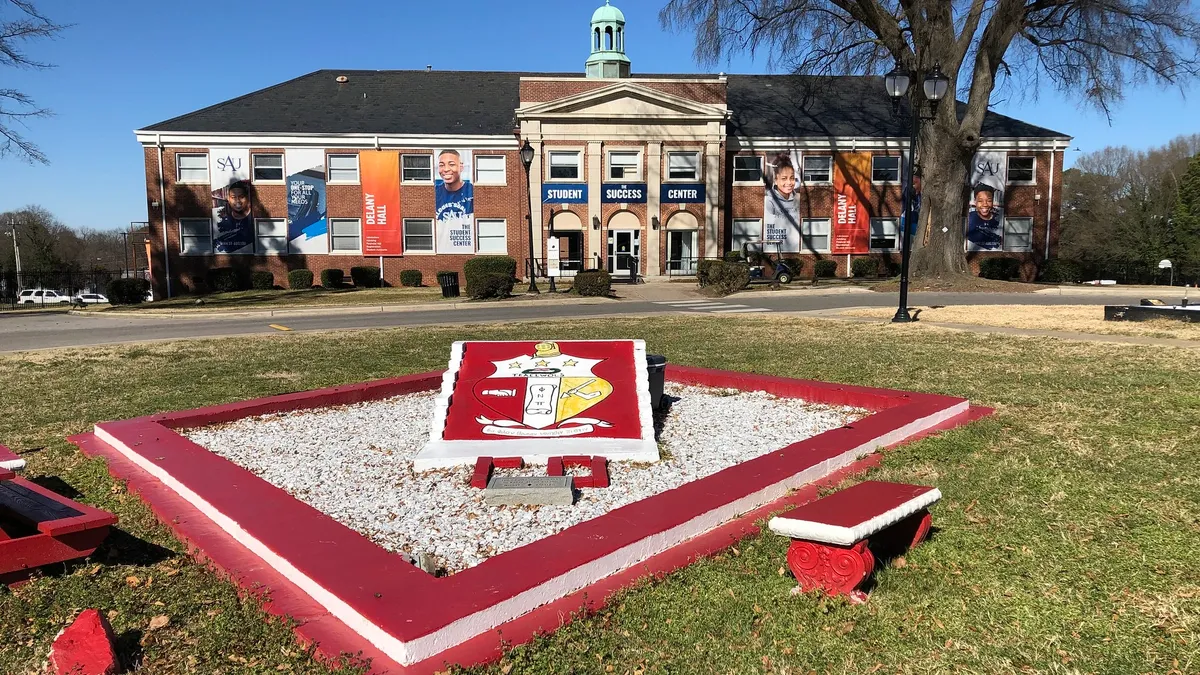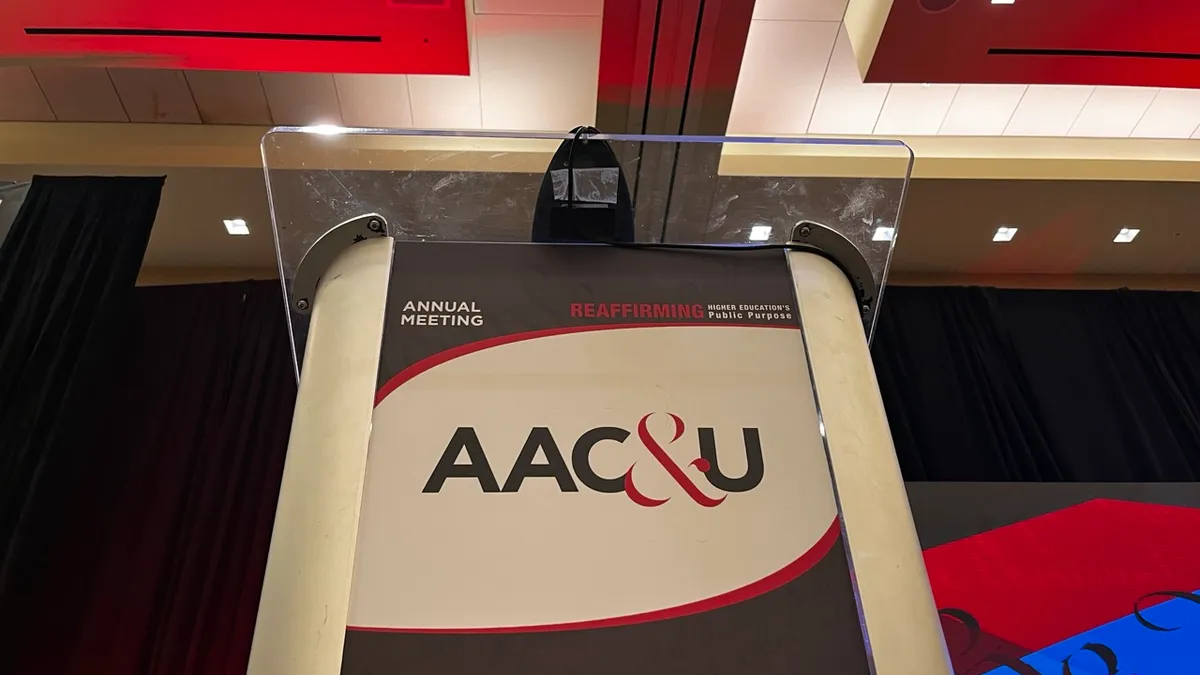When Lamar University, in southeastern Texas, began seeking internal applicants for its newly created ombuds position last fall, Jim Mann decided to throw his hat into the ring.
The criminal justice professor worked as a correctional psychologist and hostage negotiation leader with the federal prison system before joining Lamar in 2006. That conflict-management experience matched well with the job description of an ombuds, according to Mann.
"Ombuds offices act as a kind of a confidential problem-solving center," he said. "It's all about working with employees and providing an additional route for them to air their differences."
An ombuds, or ombudsman, is an impartial conflict resolution specialist who works independently from human resources or an organization's leadership. The position is typically filled by an internal hire, giving the role a strong working knowledge of the institution and familiarity with recurring problems that may come up.
An ombuds will often be called in for peer-to-peer problems such as bullying, discrimination or micro- and macroaggressions. Outside of the most severe cases, an ombuds can resolve the majority of issues without a formal grievance process or legal experts, saving the college and all individuals involved time and money.
The ombuds position isn't new to higher education. Decades ago, it helped institutions navigate conflicts between administrators and students. Michigan State University calls its ombuds office the first of its kind at any large U.S. university. Established in 1967, it was in charge of protecting student rights and responsibilities. The first person to hold the position there called it the conscience of the university.
Today, the position has been adapted to different colleges, where it can help to navigate a range of tensions, including those between institutions and their employees and between employees themselves.
In instances where professional discourse turns hostile, ombudspeople can also be proponents of academic freedom, according to a 2019 article published in the Journal of the International Ombudsman Association. After addressing the immediate tension, the ombuds can make recommendations to their colleges on how to maintain balanced discussion moving forward and help instill a culture of openness and civility.
The International Ombudsman Association is a professional group for organizational ombudspeople across all sectors. It has 1,842 members who list their sector as higher education, although that includes aspiring ombuds and consultants. In 2016, almost 400 colleges were listed as the association's members, according to an article from its journal.
Lamar selected Mann for the inaugural role, and he began in January. His new position is part time and will be balanced with his teaching course load. He estimates he is currently spending 50% of his time with the ombuds office, though he expects that percentage will go down once the program has been fully established.
The university's ombuds reports directly to the institution's president but maintains autonomy, according to Mann.
"We are formally outside of the administrative channels, and we're not part of any chain of command," he said. "Coming to us does not generate a formal grievance. I might take some notes to keep things straight in my head, but as soon as that situation is resolved, I'd destroy those records."
Mann, and by extension Lamar, follow guidelines laid out by the International Ombudsman Association's code of ethics and focus on four main principles: independence, impartiality, informality and confidentiality. Mann's plan to destroy notes once a case is closed aligns with International Ombudsman Association standards.
The International Ombudsman Association was created when the University and College Ombuds Association and the Ombudsman Association merged in 2005. Academic ombuds remain the largest sector of International Ombudsman Association membership.
A full-time job?
One of the most expansive ombuds programs in higher education is at the University of Michigan. The university maintains three ombuds offices — one for faculty, one for staff and one for students. Many academic ombuds advertise their services to all of these groups, but rarely do colleges finance three separately staffed offices.
Michèle Hannoosh, a French professor, and Robert Ortega, an associate professor of social work, split the role of university faculty ombuds at U of Michigan.
"When we started, our positions were 30% of our time each, so we'd be released from 30% of our departmental responsibilities," said Hannoosh. "But it's really a lot more work than that and has since been raised to 50%."
Like Lamar, Michigan follows the International Ombudsman Association's guidance. It emphasizes ombuds offices' separation from the academic hierarchy, as well as the informality of their process.
"We are funded out of the provost's office, but we are independent," Ortega said. "An ombuds helps people articulate their story and can offer a neutral party to hear what's going on."
Ortega and Hannoosh became Michigan's university faculty ombudspeople in 2018 and renewed their contracts in 2021 for three more years. The pair's joint tenure is the first time the position has been shared, an arrangement Hannoosh called incredibly beneficial.
"It's a single position if you put the two halves together, but it's so much better having two people," she said. "We feel that we come up with better solutions because we can talk to one another. When we step down, we will certainly recommend that they keep the current system."
The two previous ombuds, who didn't share the position, each served for almost a decade, according to Hannoosh.
"It's probably helpful for the faculty members to have some continuity," she said. "A case might go on for many months, sometimes even many years. I actually have a case right now that has been going on practically since we started. It depends on the complexity."
Most problems can be handled informally, with some stemming from simple misunderstandings, according to Ortega. The goal is not to discourage faculty from taking further action, but a formal grievance process is labor-intensive without a guaranteed outcome.
Hannoosh and Ortega estimated they address around 100 cases a year, ranging from friction between coworkers to serious harassment allegations. Most are handled within the office. Hannoosh said that provides cultural and financial benefits.
"It serves a role that nothing else in the university does," she said. "In the long run, if you can resolve concerns and disputes at an informal level, it can save a lot of money in terms of legal fees."
Part of building a successful ombuds program is ensuring employees know an ombuds is a resource available to them. Hannoosh and Ortega present to Michigan's faculty senate at least once a year and do outreach at orientation for new faculty members in the fall.
Lamar is still in the process of publicizing the ombuds office to faculty. It seems to be working, according to Mann.
"My name came up in one of the first announcements, and it wasn't very long after that, I started getting some phone calls," Mann said.



